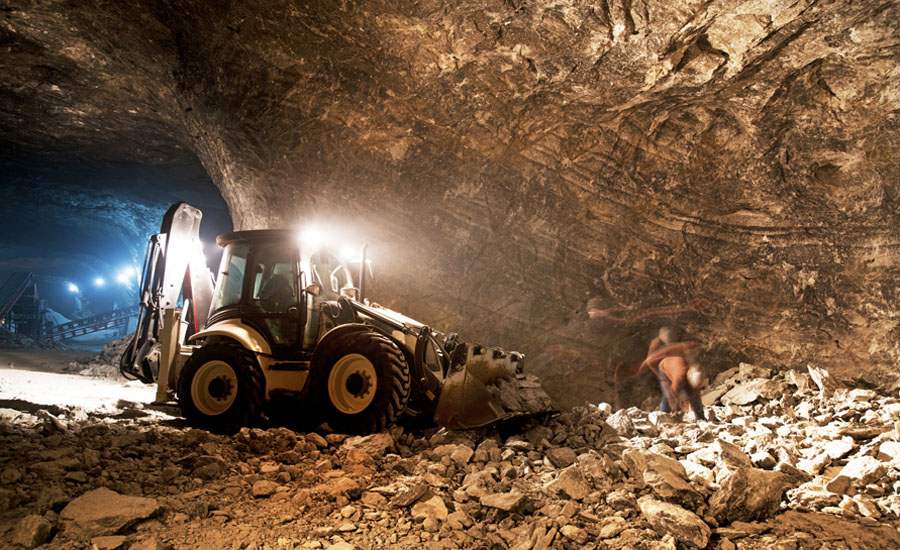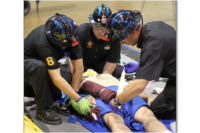A boost for mine rescue in the Midwest

Miners need to know that when it comes to mine rescue and response in our nation, we’ve got your back.
As part of our efforts to improve mine rescue capabilities throughout the U.S., the Mine Safety and Health Administration (MSHA) has opened a new mine rescue station in Madisonville, Kentucky, to serve mining operations in the Midwest in the event of a mine emergency. Other similar emergency response stations are located in Beckley, West Virginia; Pittsburgh; and Price, Utah.
The Madisonville station, housed at Madisonville Community College’s Coal Mine Academy, will have a fully equipped mine emergency unit team truck, a surface communication system, a first response underground communication system, infrared gas monitoring and a mobile gas chromatograph laboratory.
When I arrived at MSHA nearly six years ago, I determined we needed an analysis of mine rescue preparedness to identify gaps in the nation’s mine emergency capabilities. Along with the mine rescue community, we began to make improvements to fill those gaps. To get feedback from the community and begin developing a plan, we held a number of stakeholder meetings and a mine rescue summit at MSHA’s Mine Academy in West Virginia.
Since that time, we have made quite bit of progress by:
- Developing and deploying state-of-the-art mine rescue technology to make mine rescue safer and more efficient.
- Creating the Holmes Mine Rescue Association, which is represented by all mine emergency response stakeholders.
- Updating mine rescue training and revamping national rescue training contests to benefit their participants.
- Designating Oct. 30 as “Mine Rescue Day” to honor mine rescuers.
Part of my vision involves establishing mine rescue stations across the country that are fully equipped with the latest technology so that MSHA can respond to emergencies more quickly. This includes a system that would allow advancing teams to communicate directly with the command center, eliminating the miscommunication that has often plagued mine rescue, such as during the Sago mine disaster in 2006.
This new station in Madisonville will enable faster and safer rescue operations in the Midwest and better protection for miners in the event that danger strikes in that part of the country.
Already we are working on the next steps in mine safety, including training the mine rescue community on state-of-the-art communications, monitoring and tracking systems; developing new mine rescue and command and control guidance; investing in video tools for advancing rescue teams; and upgrading seismic and robotics technology.
Based on my own mine emergency experiences, I know these kinds of safety enhancements are needed and can make all the difference.
Looking for a reprint of this article?
From high-res PDFs to custom plaques, order your copy today!




